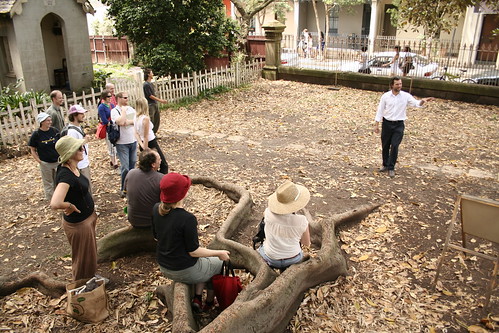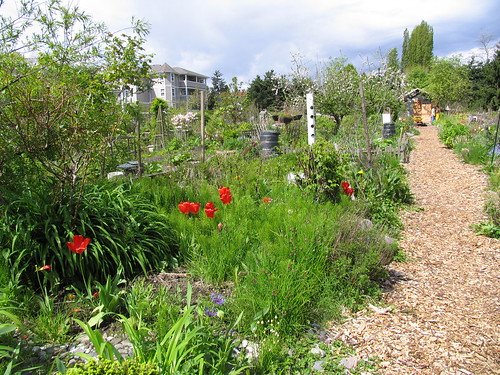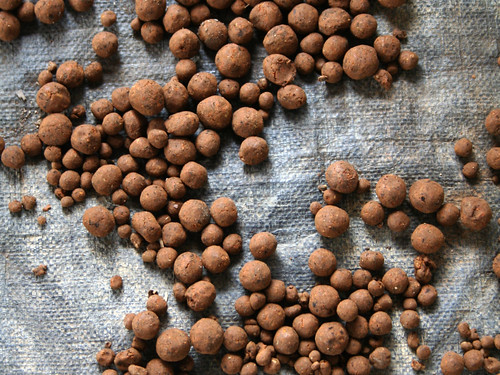Urban Permaculture Design Course

Designing Permaculture into inner-city environments is, in some ways, taking things to the heart of the matter. Our cities are so often synonymous with waste; wasted water, wasted food, wasted energy. But it doesn't have to be this way – abundance and productivity is entirely possible within city environments – as always, it comes back to good design, and the energy to see things through.
So this Winter we'll be running an Urban Permaculture Design Course which will be quite a treat: a part-time Urban PDC with a 12-day, one day per week format, in the centre of Sydney starting May 29th 2010.
In addition to our standard curriculum, this PDC will provide in-depth focus on Permaculture for cities and urban communities. Organic food production, water harvesting, nutrient cycling, energy, local food systems, patterning and other aspects of Permaculture design will all focus on the urban context.
For further context and hands-on inspiration, we're also including a wide range of amazing site visits including urban backyard and balcony Permaculture systems and some of Sydney's funkiest examples of truly sustainable city homes, plus a bunch of workshops including a full-scale inner-city Permablitz.
Milkwood Permaculture's Nick Ritar will hold the fort, alongside sessions by guest teachers Cam Wilson of Permablitz, Penny Pyett of Permaculture Sydney North, Russ Grayson of Australian Community Gardens Network and Michele Margolis of Transition Marrickville; this PDC might just redefine how you co-exist with your city.
Run over 12 weekends, students can choose to take either the Saturday or the Sunday class. And if anyone needs to swap days for a week, that's no problem.
In keeping with the permaculture ethic of 'fair share', we're also offering substantial discounts to members of permaculture groups, community gardens and other community groups in the Sydney basin. See our Sydney Winter PDC course page for details.


